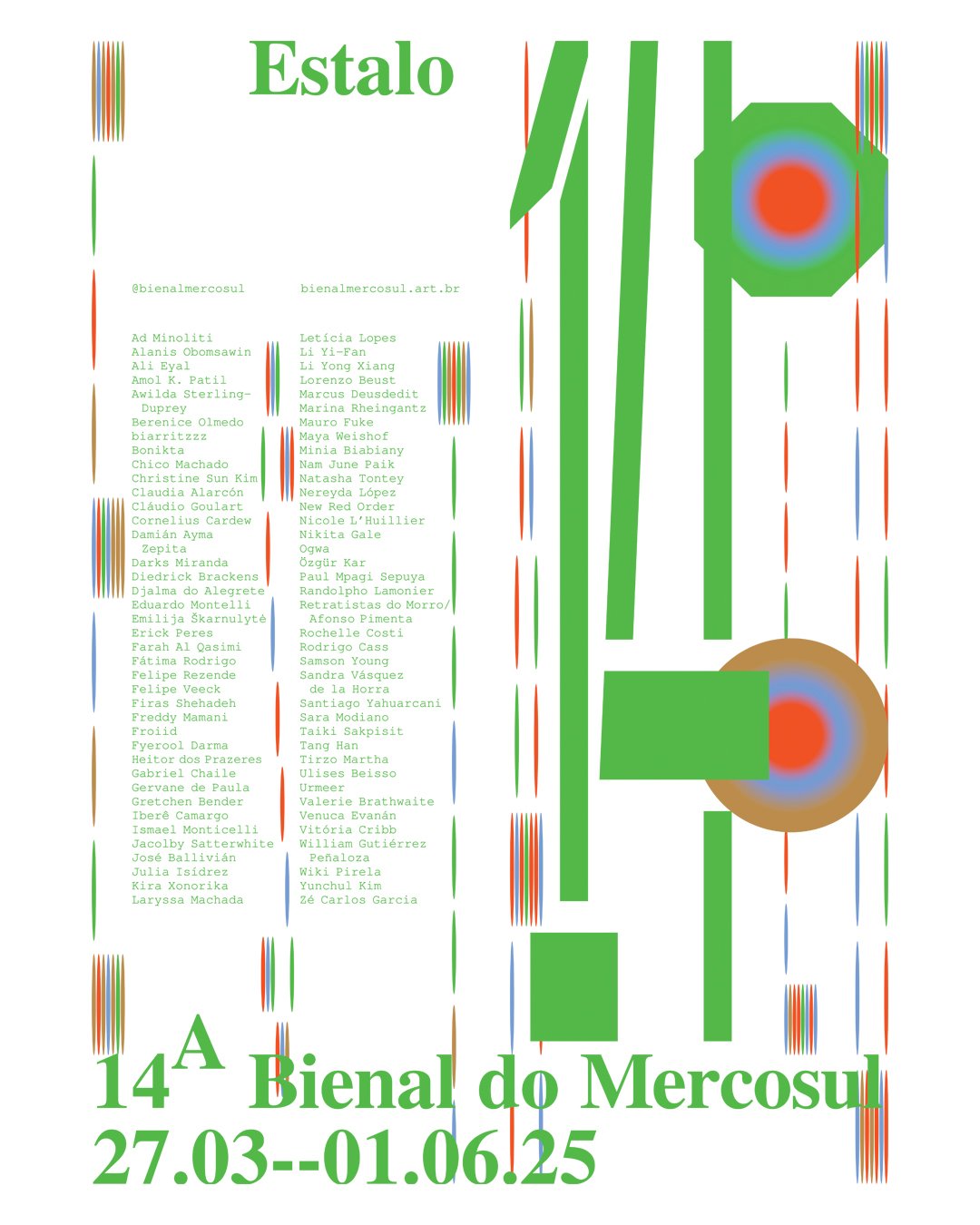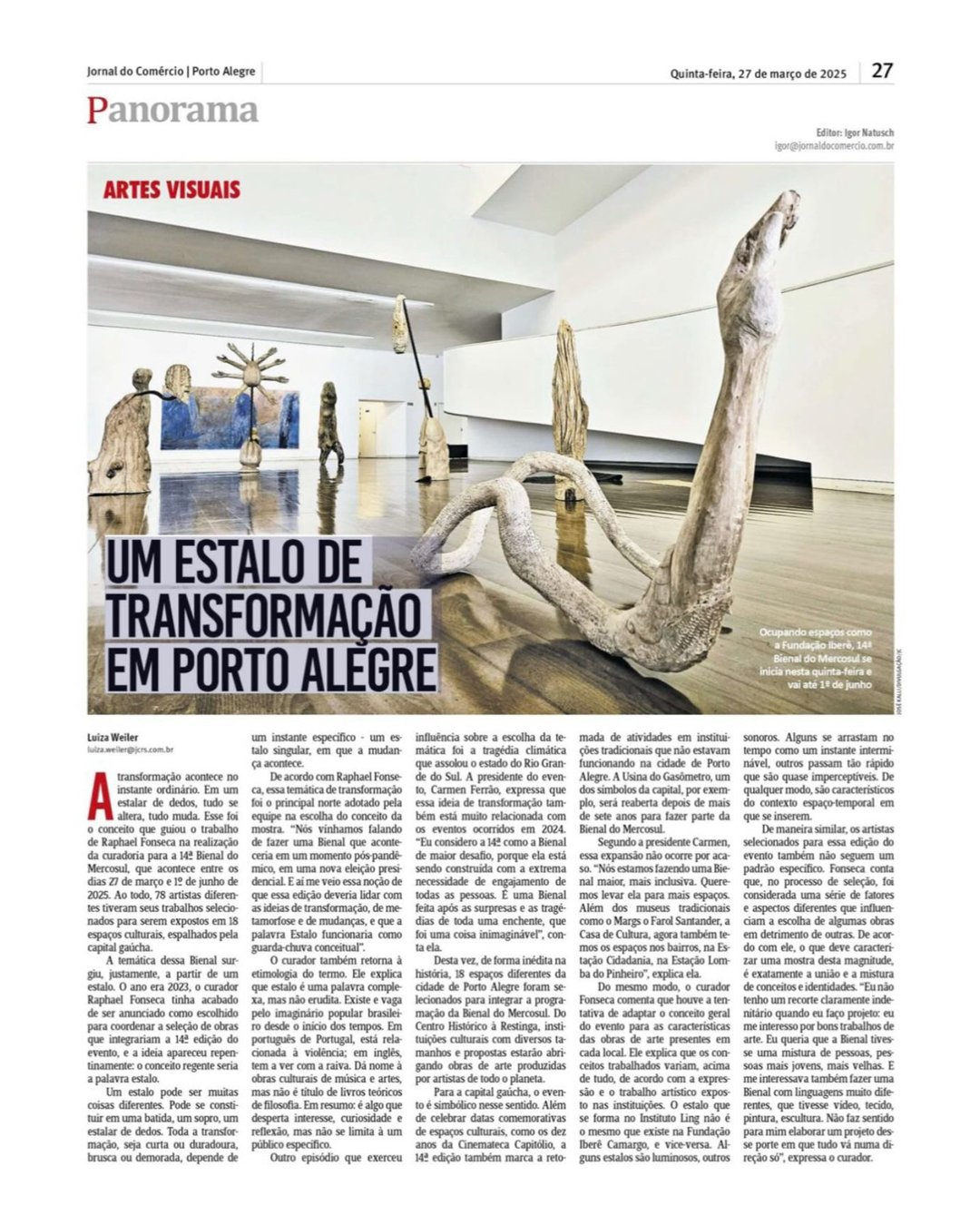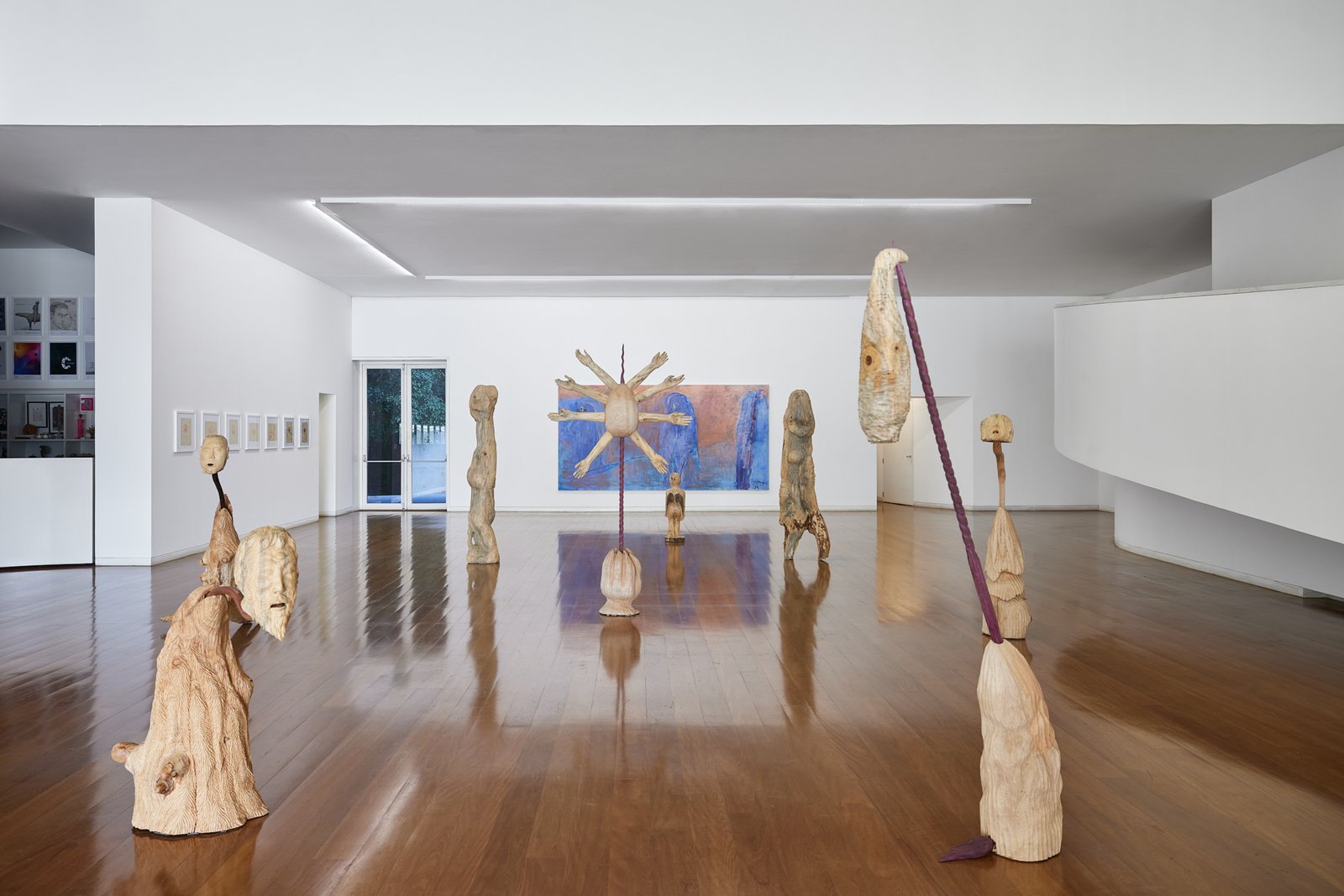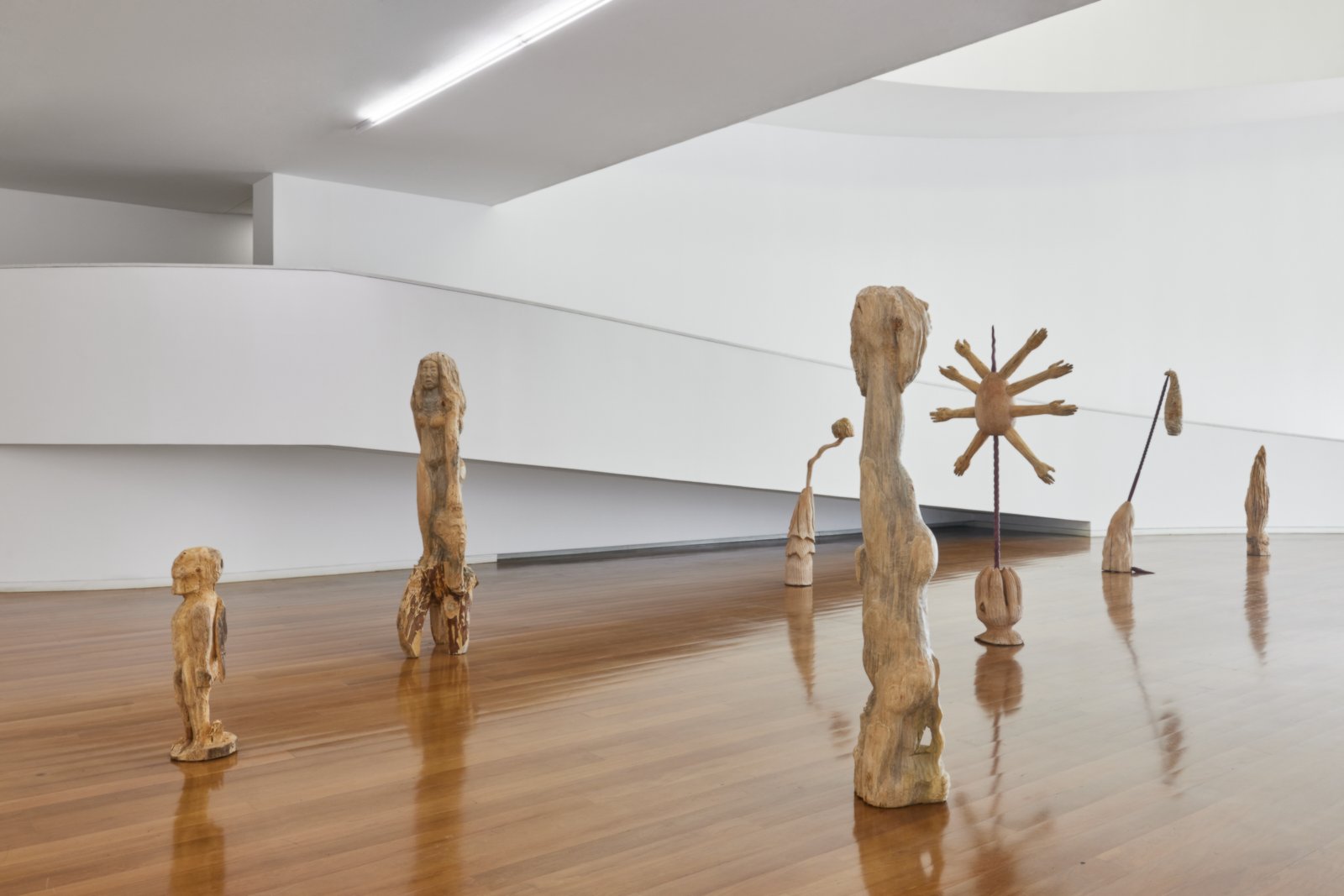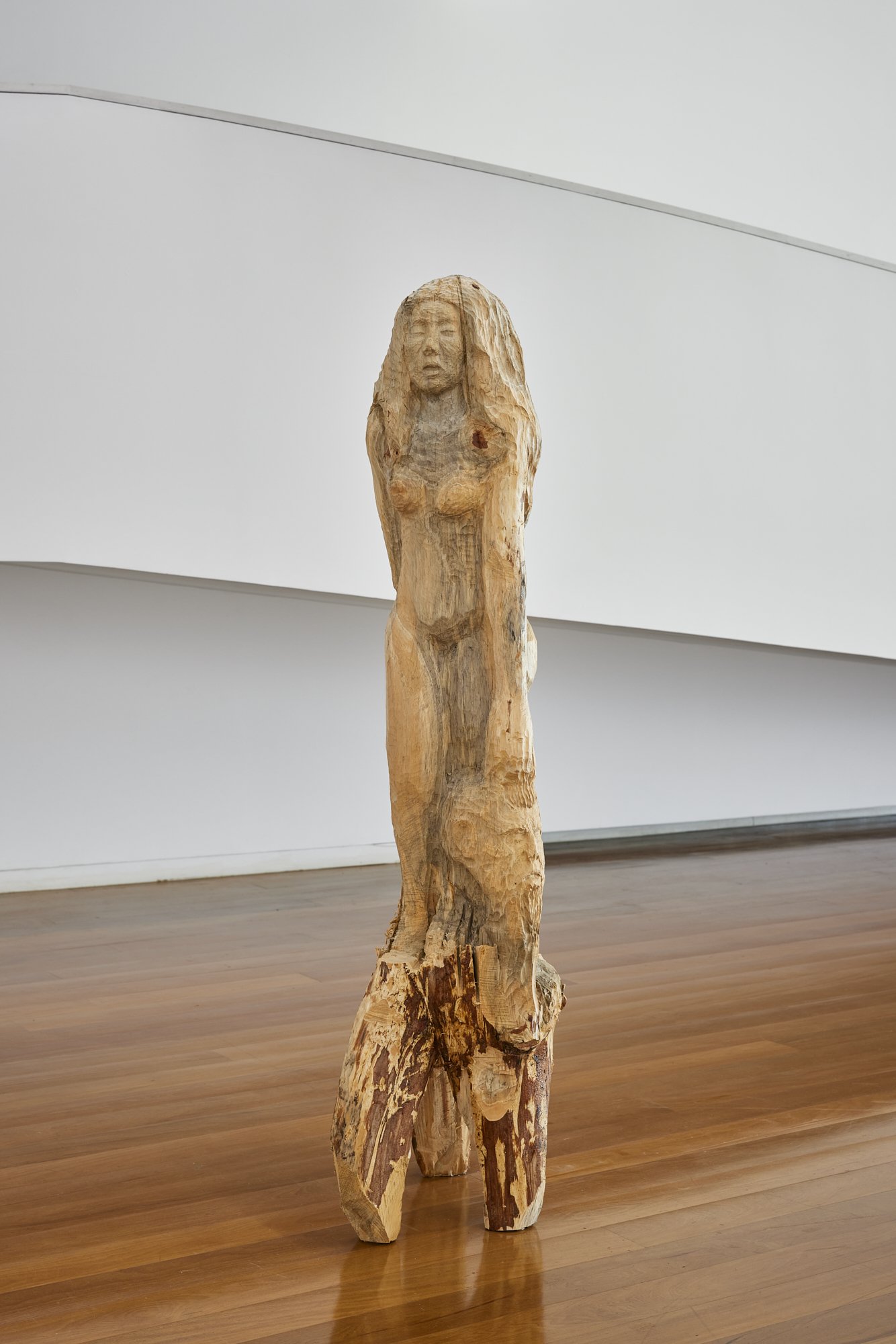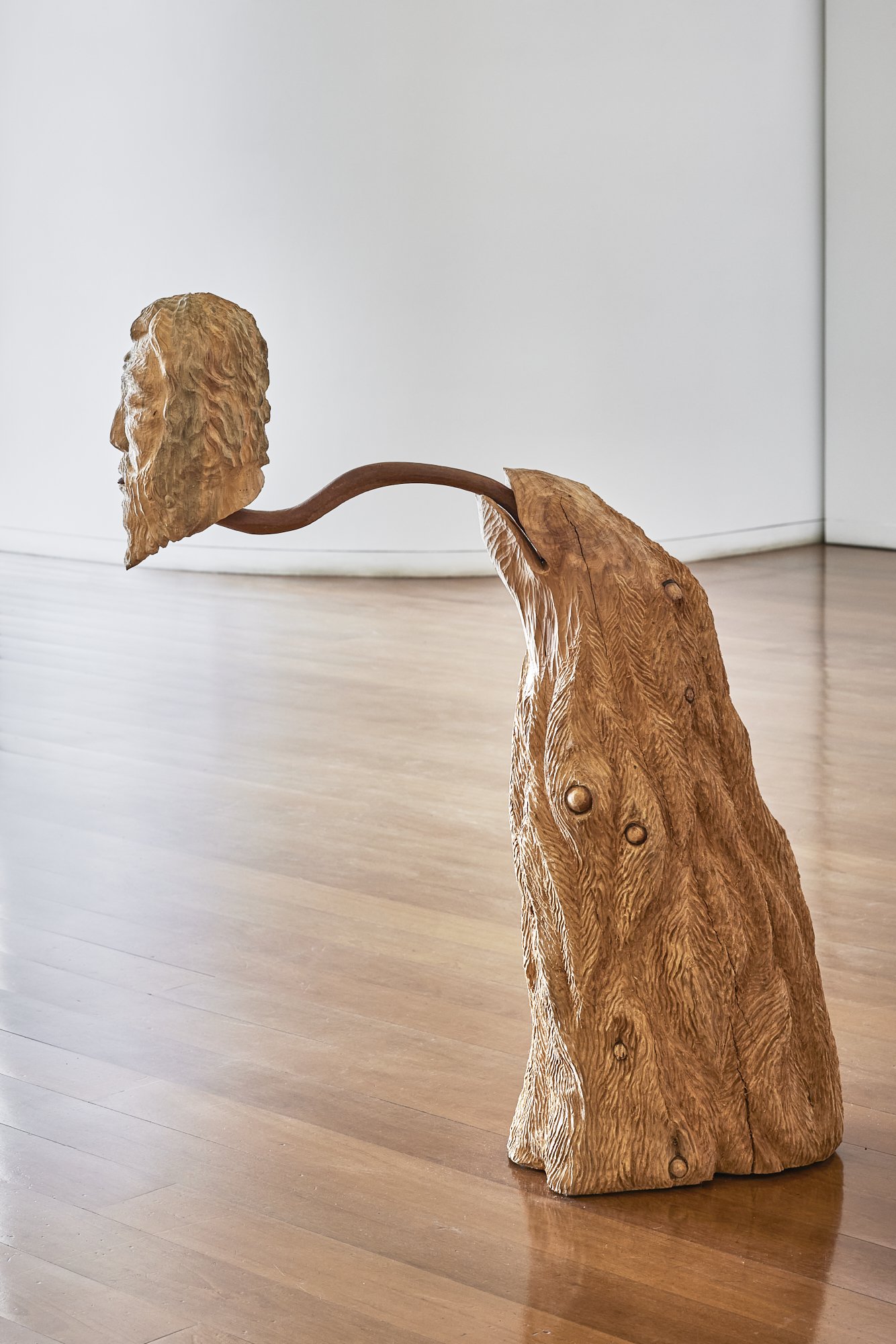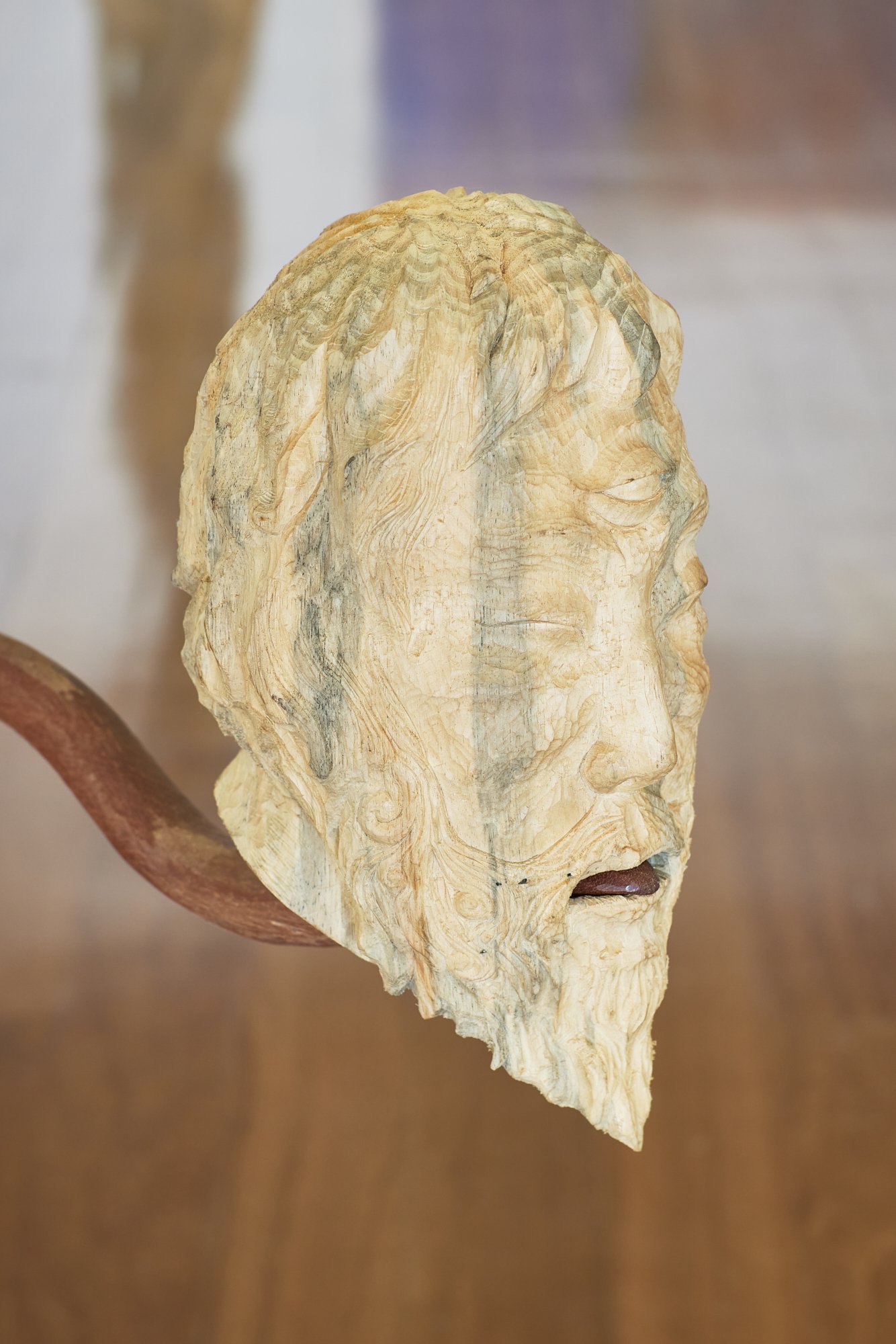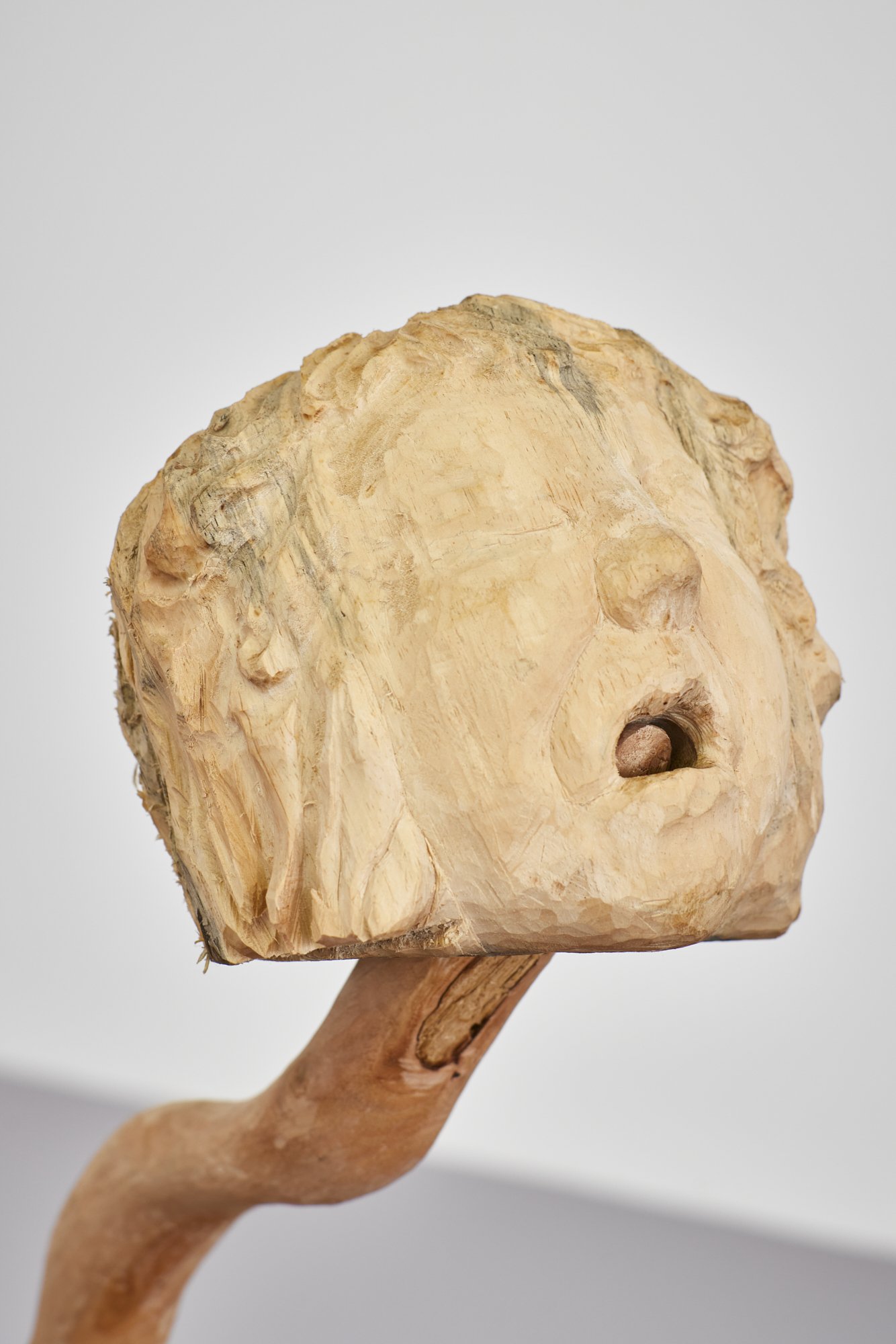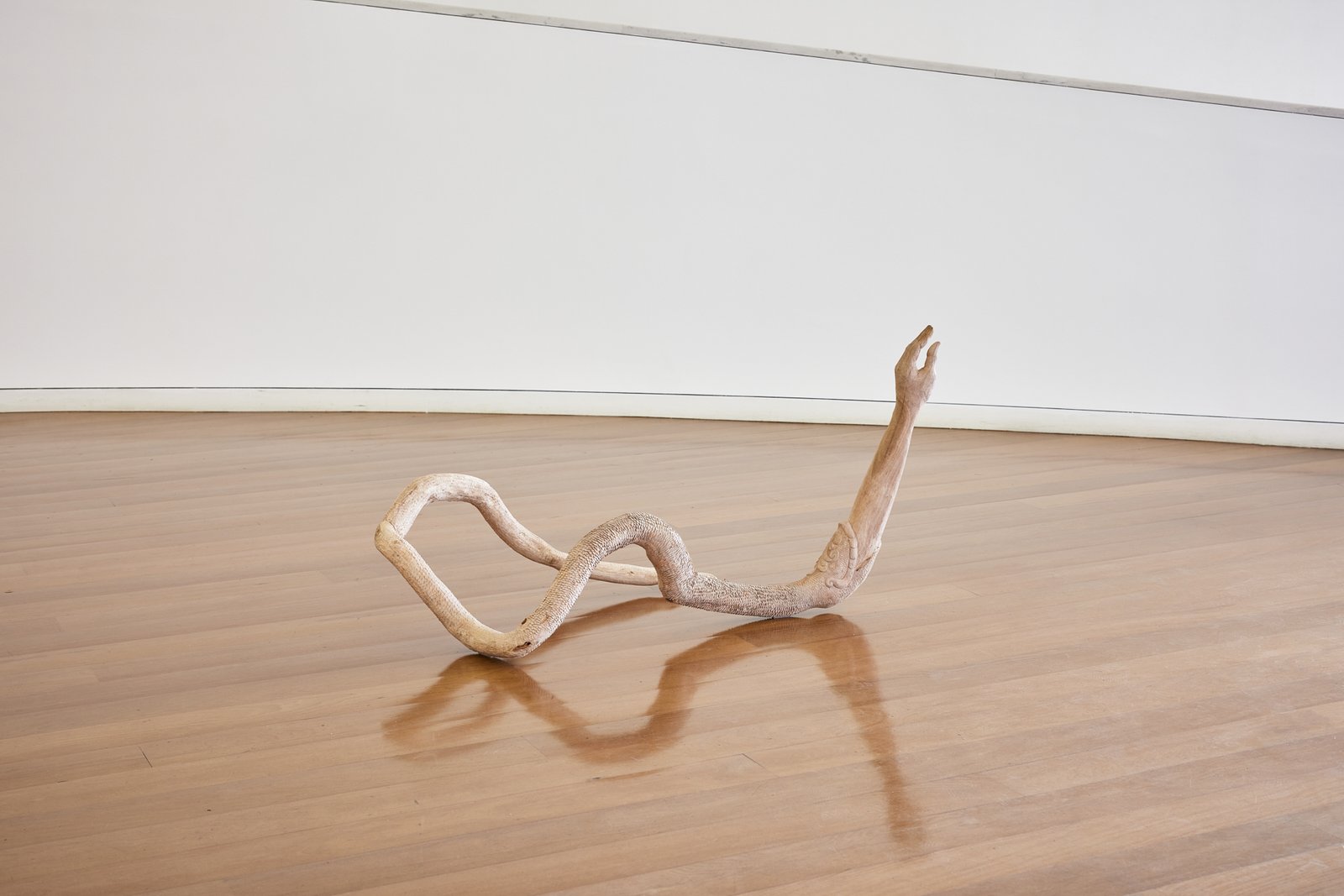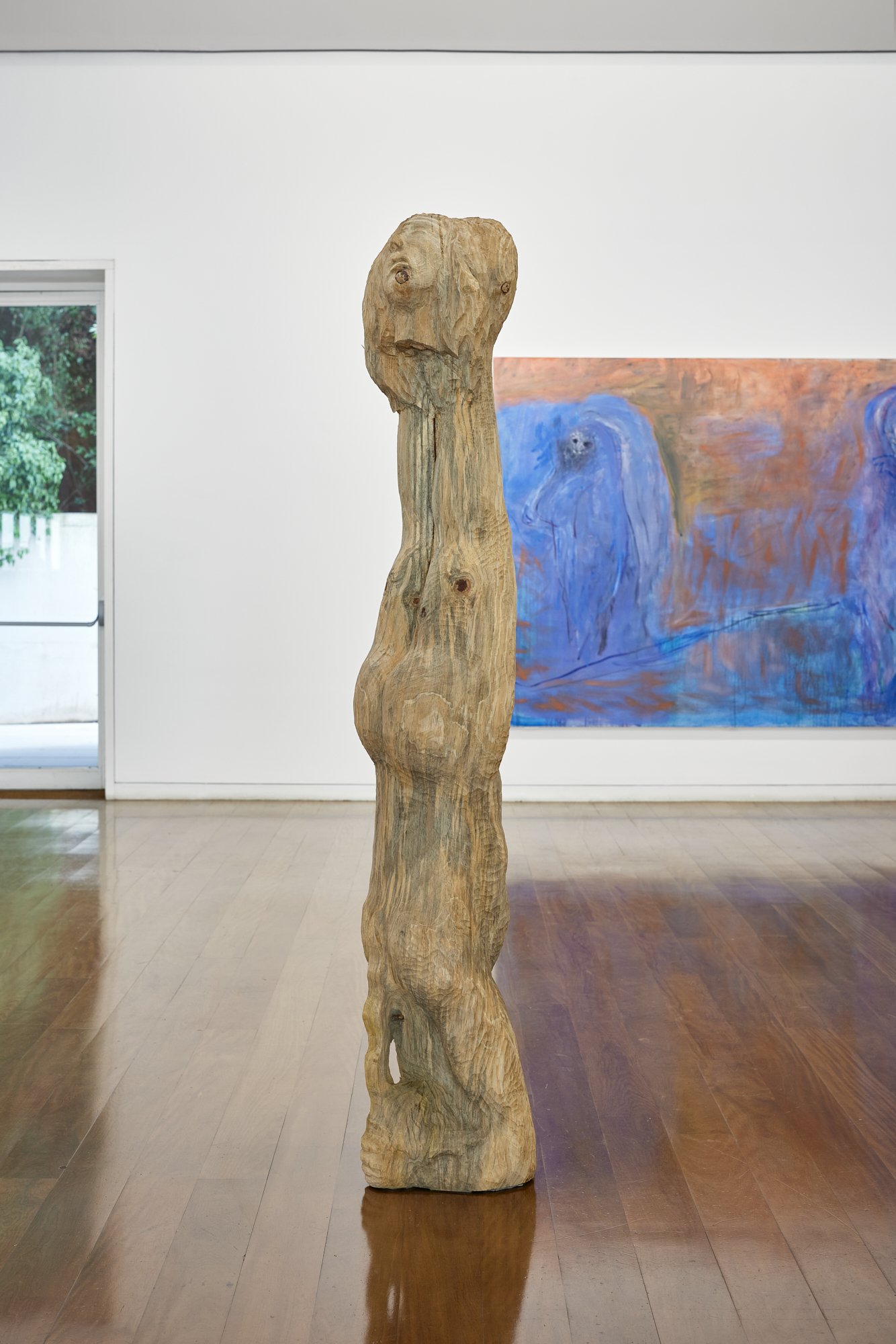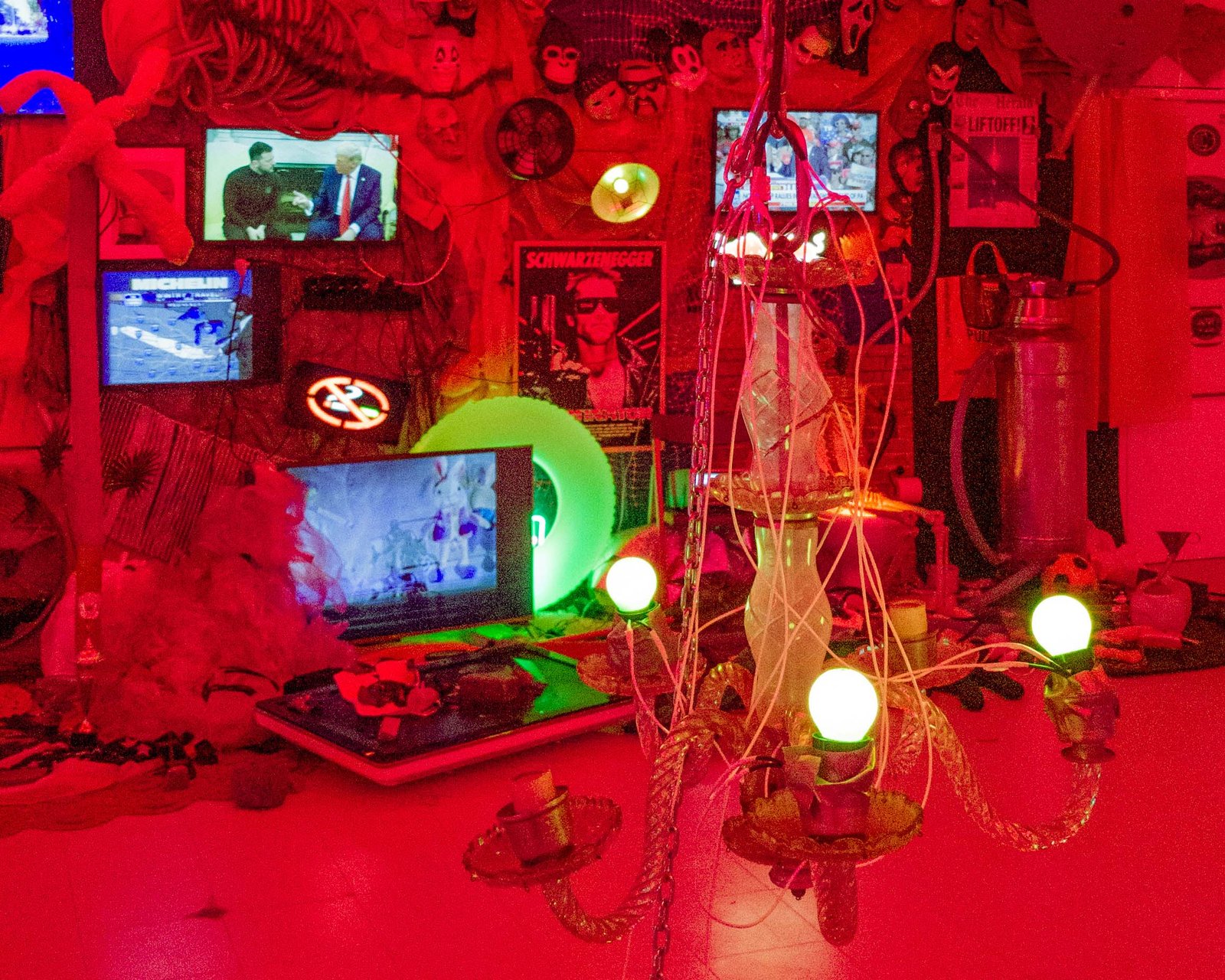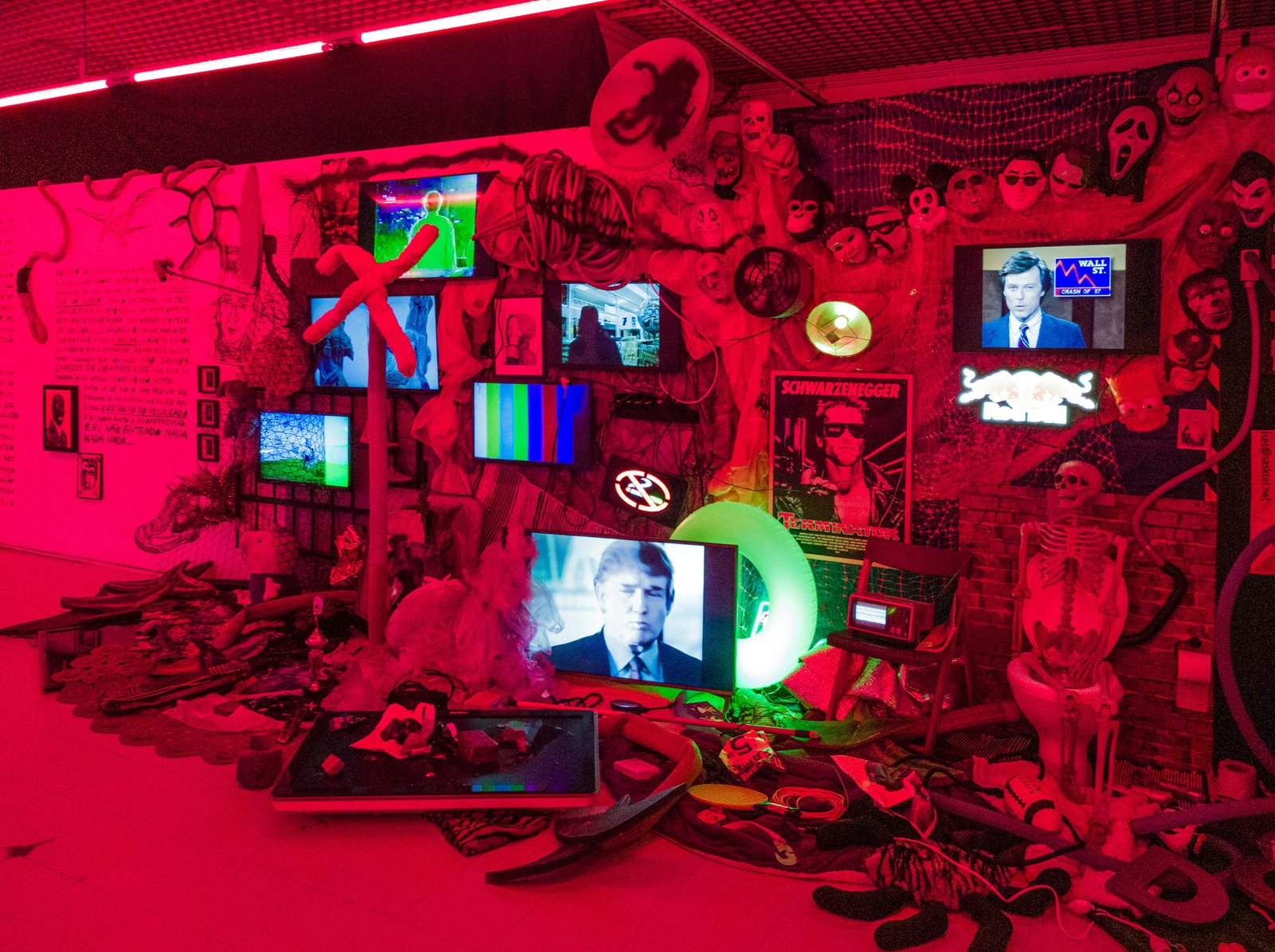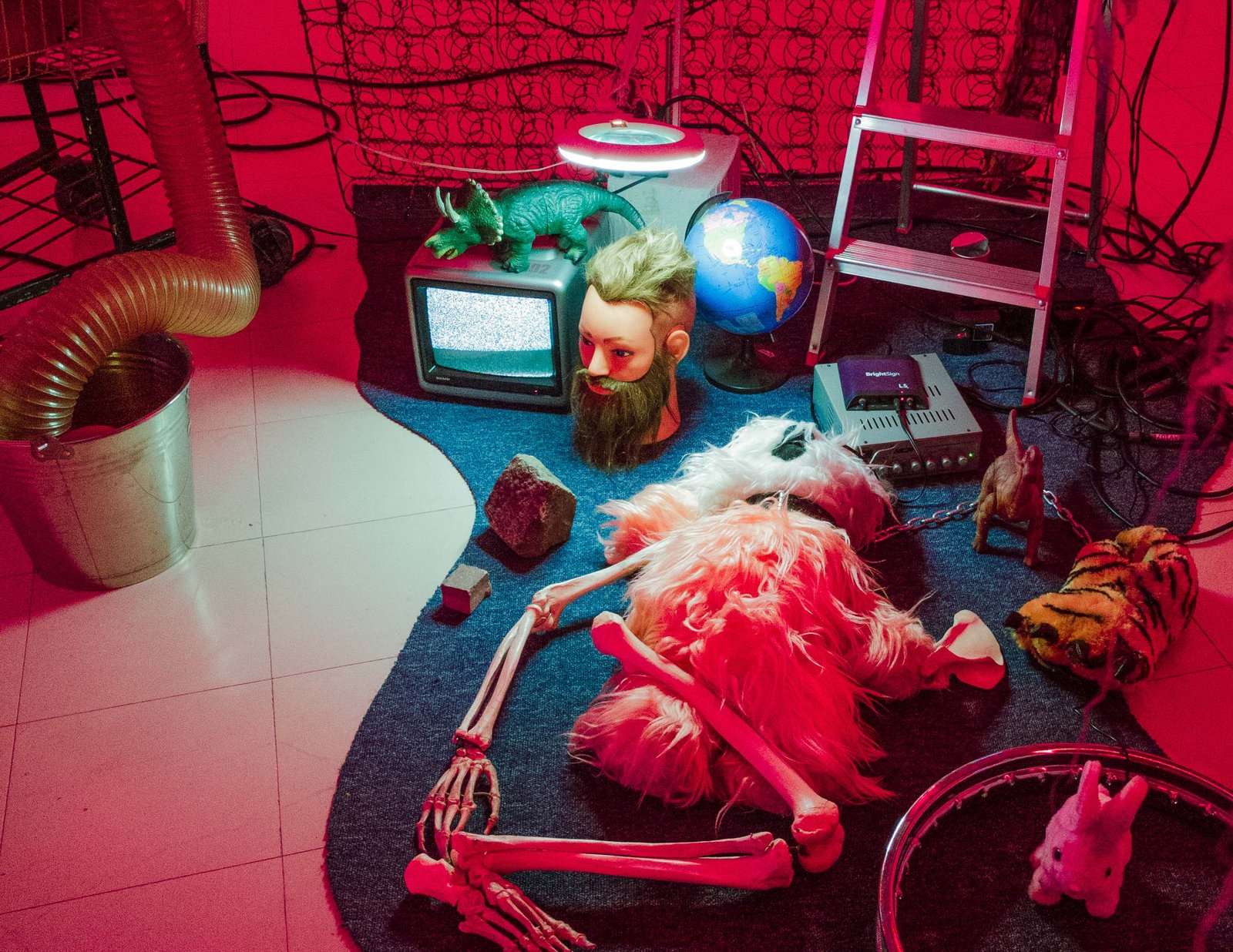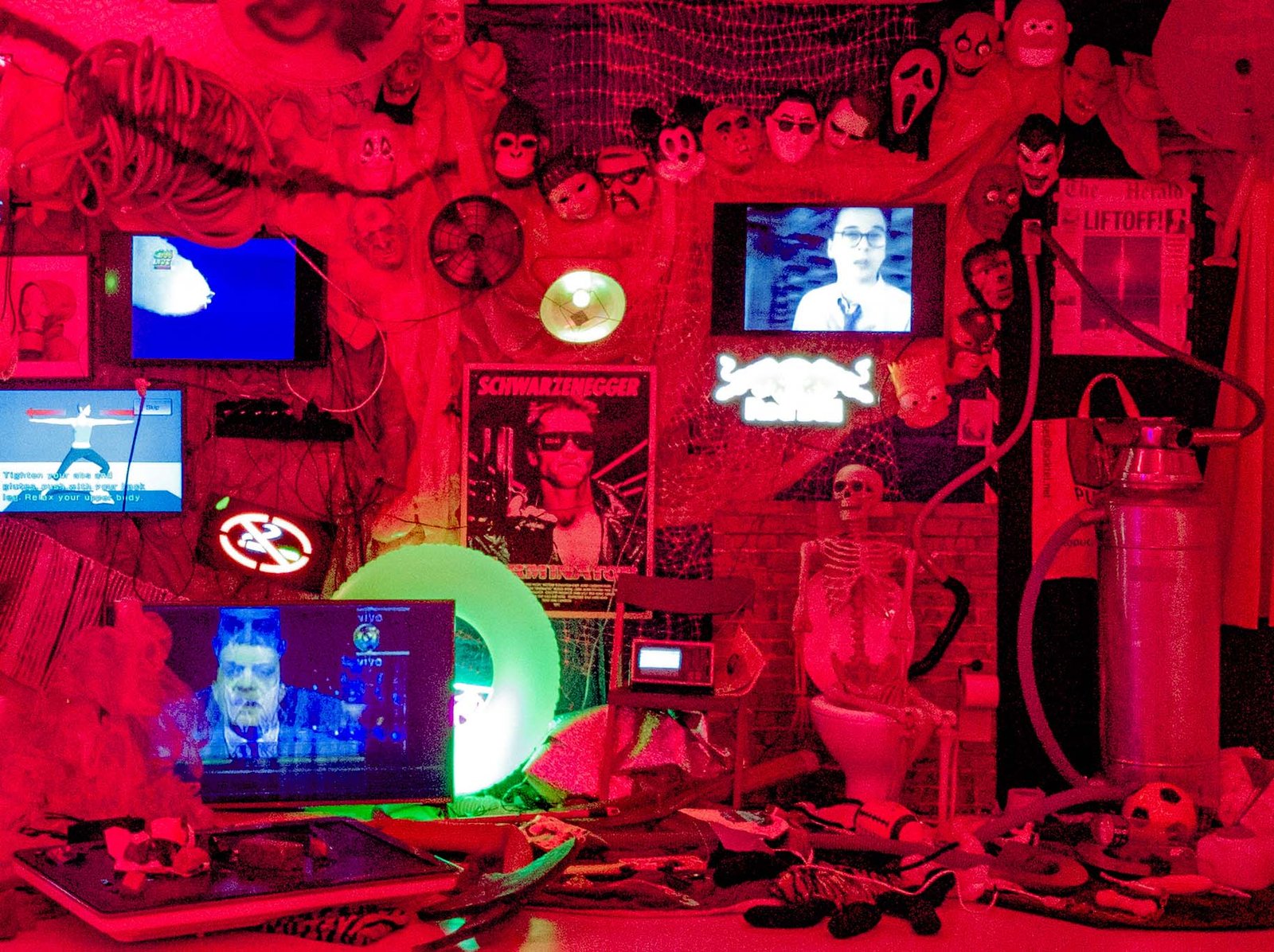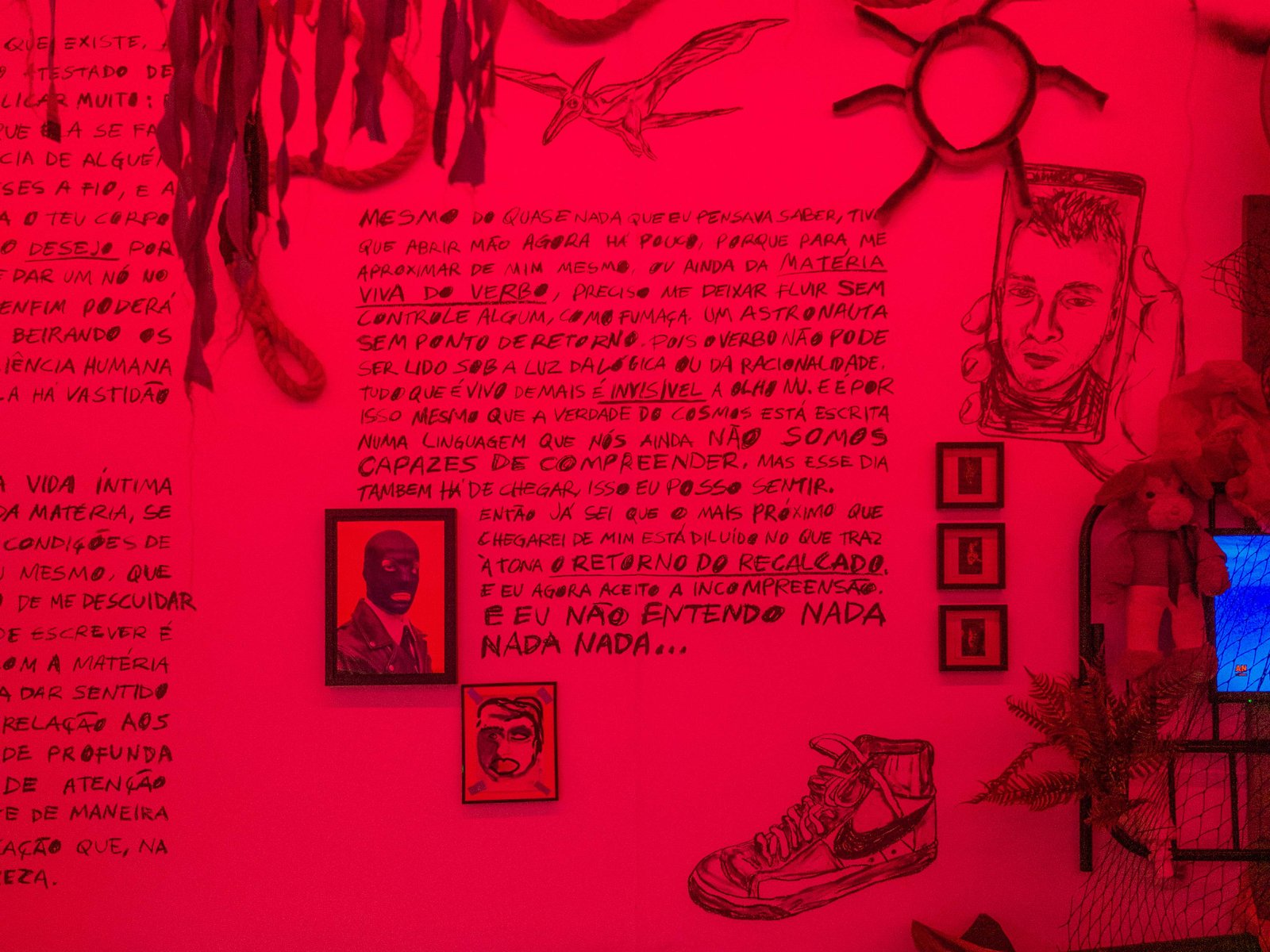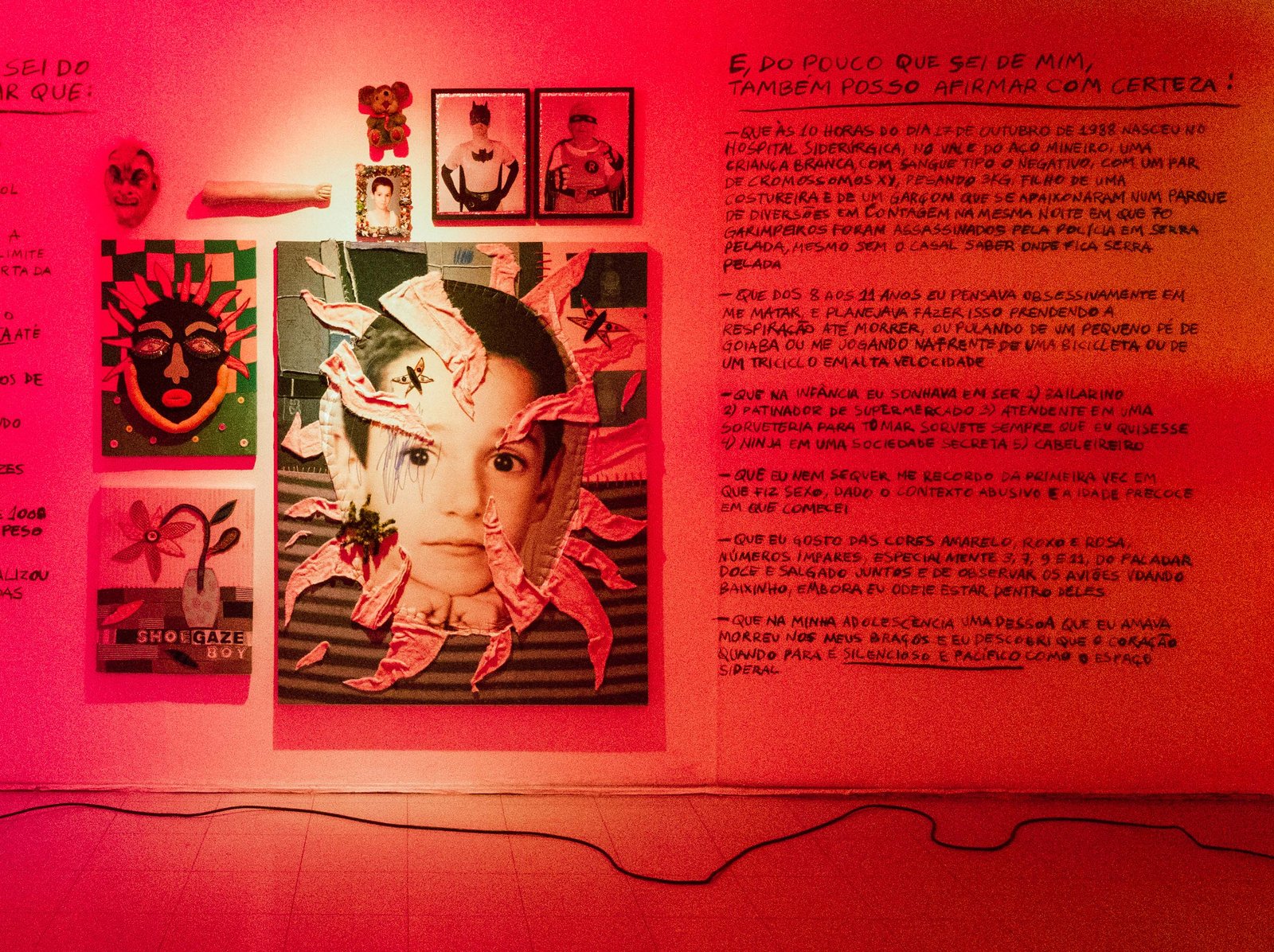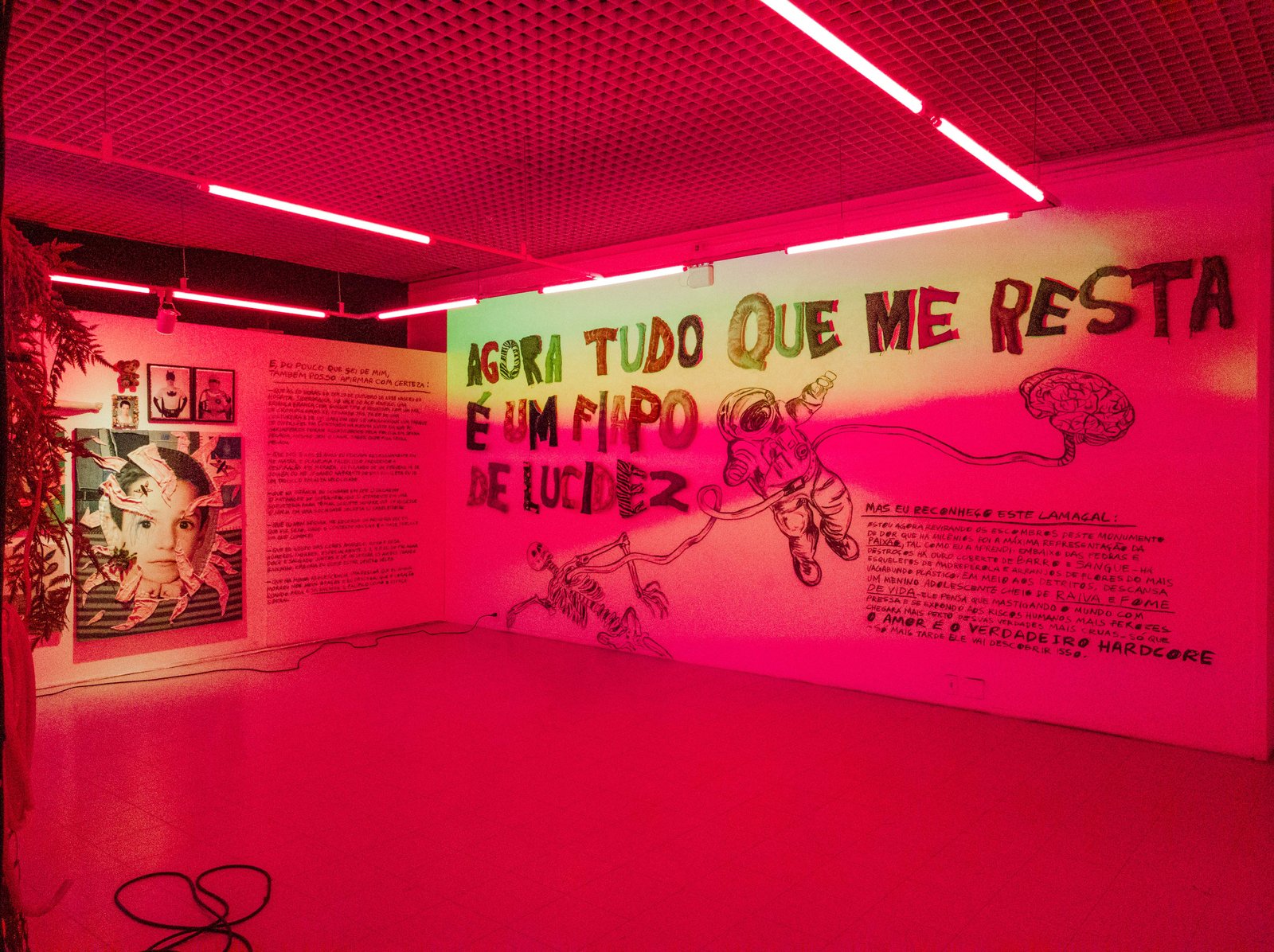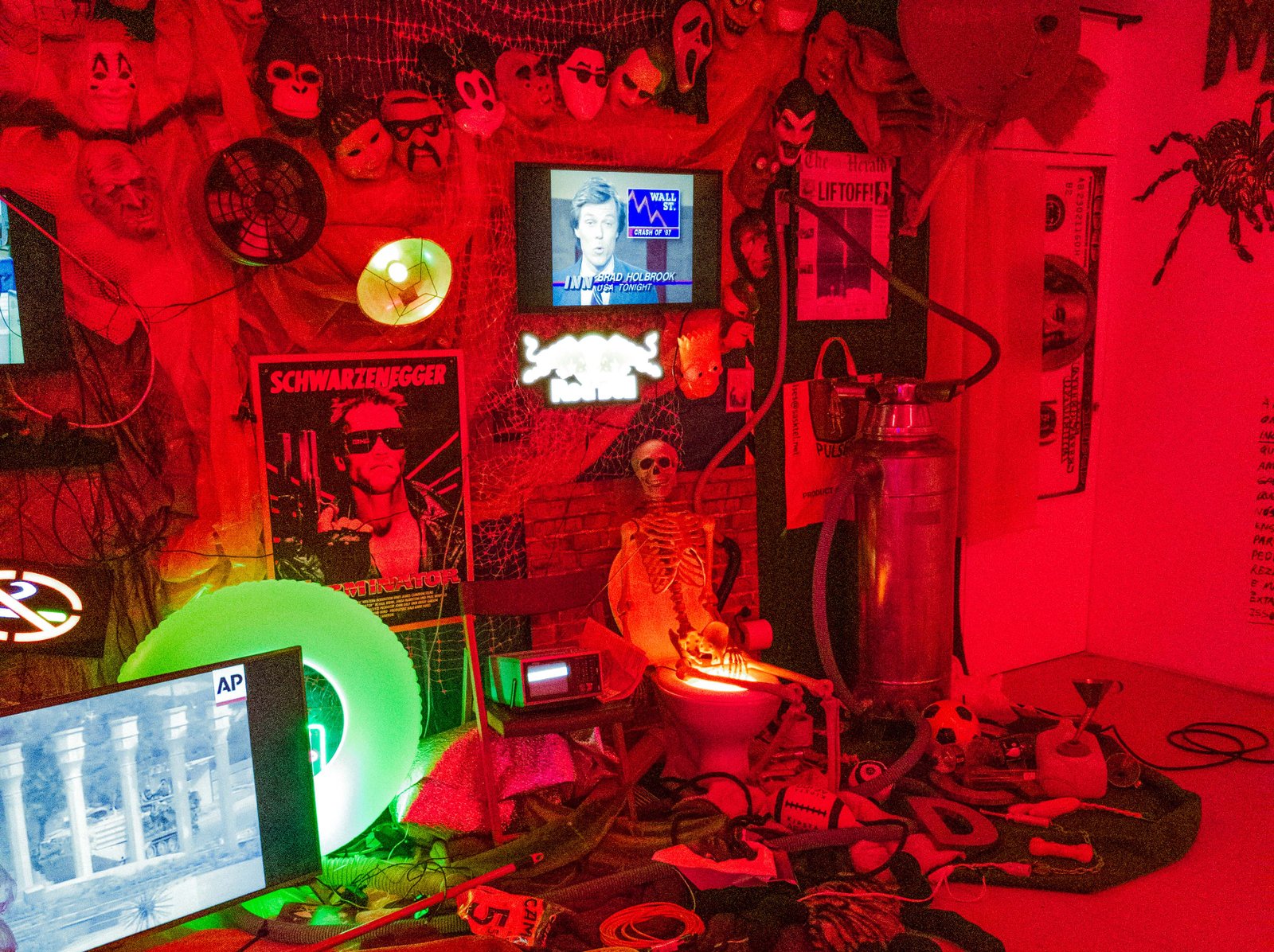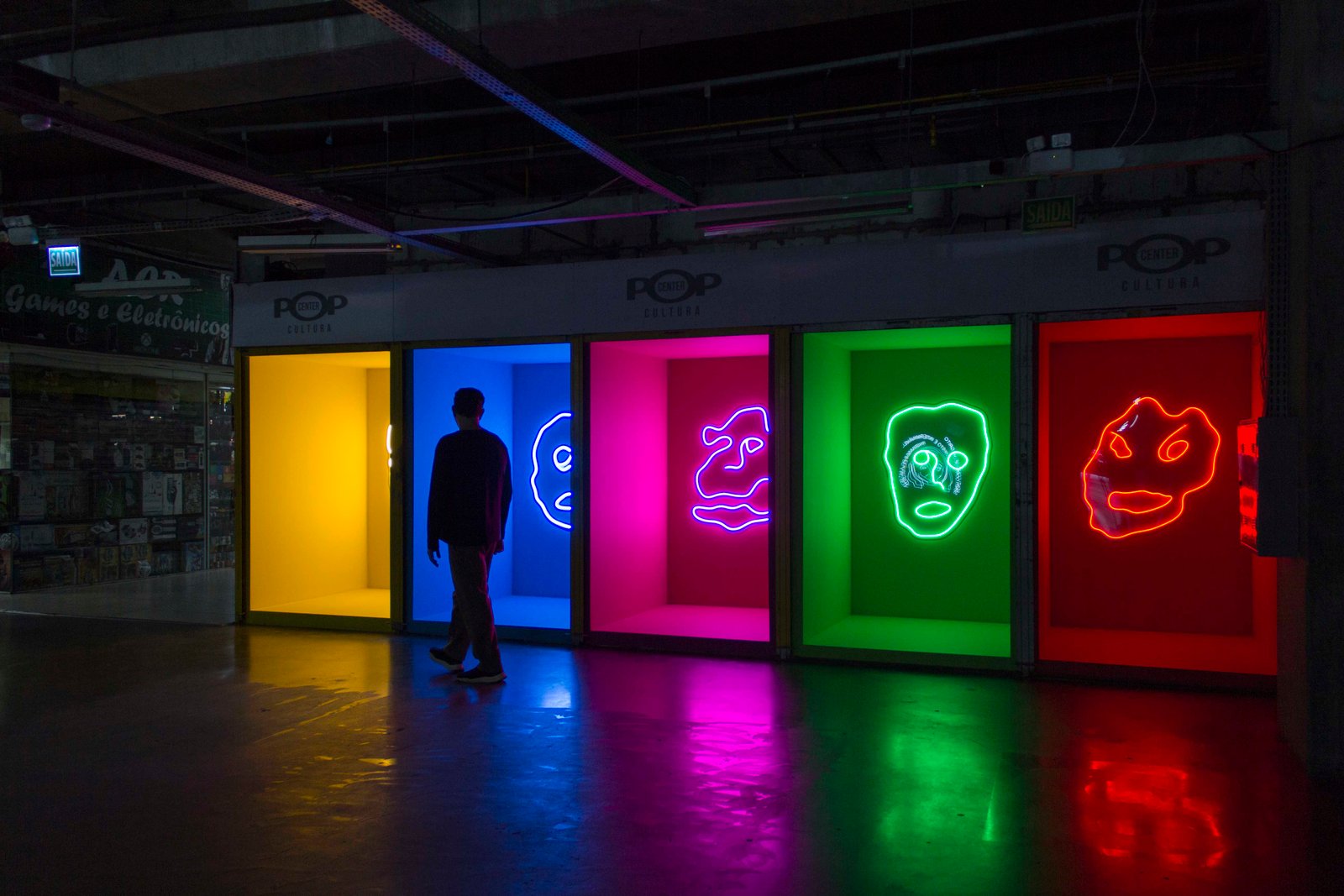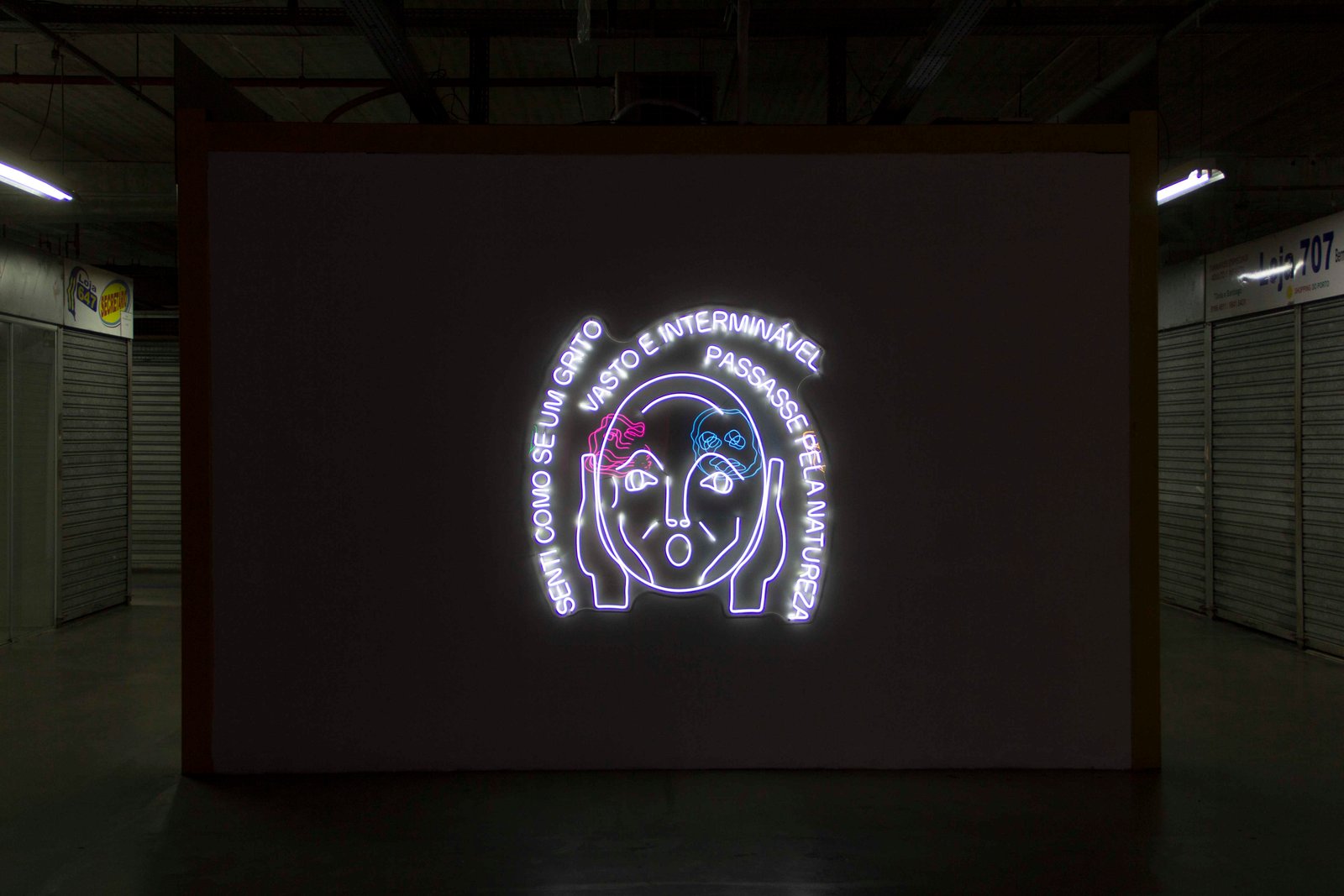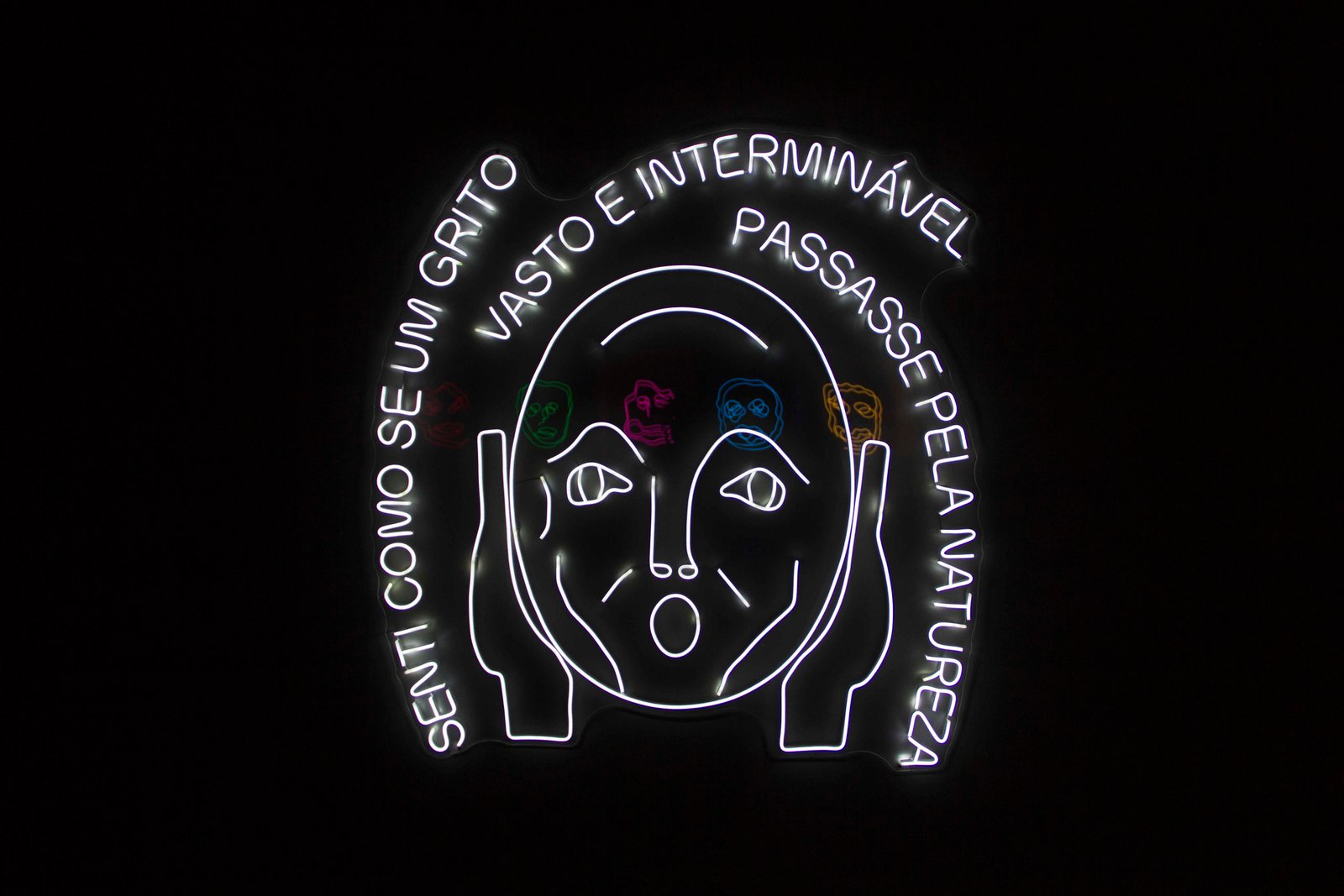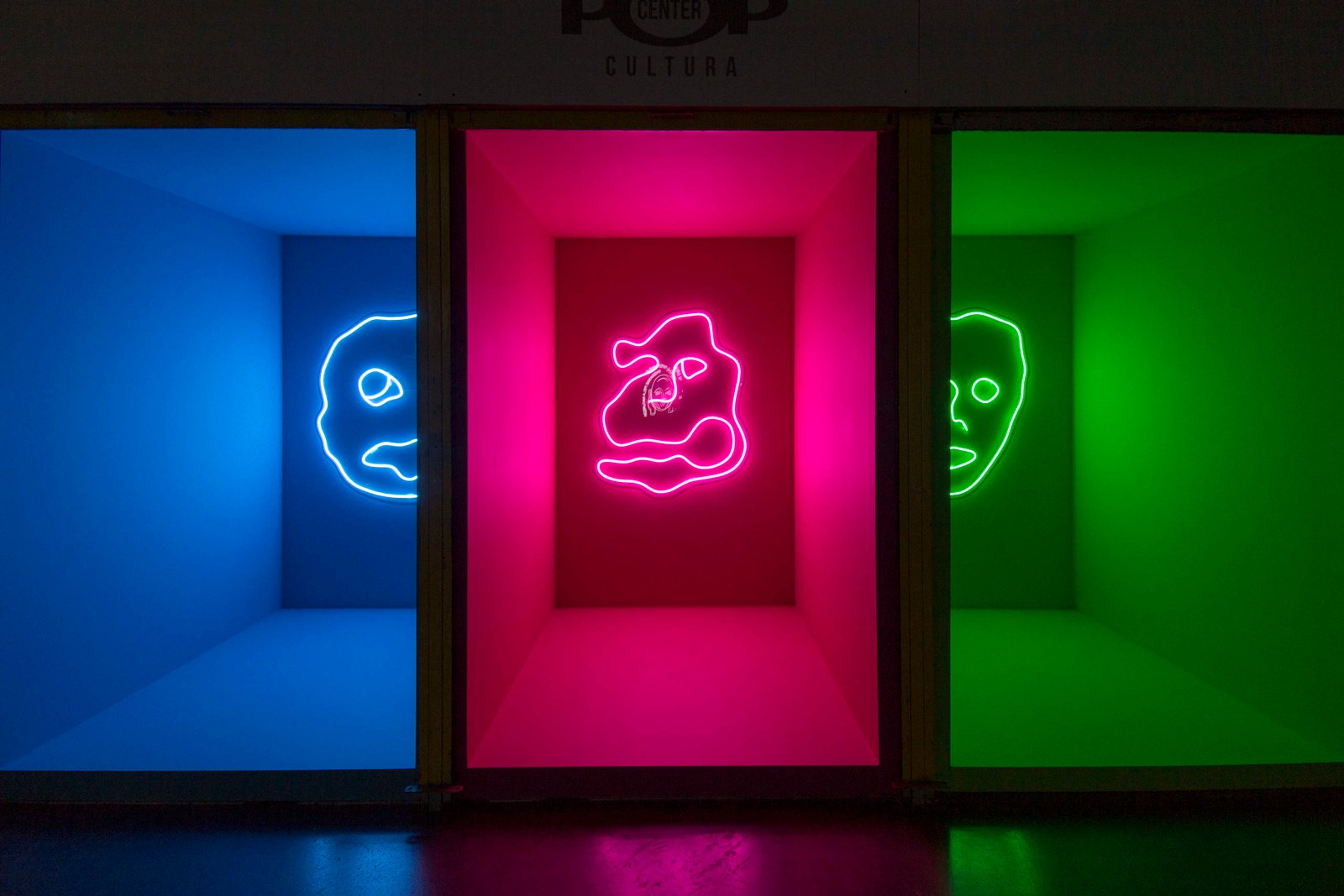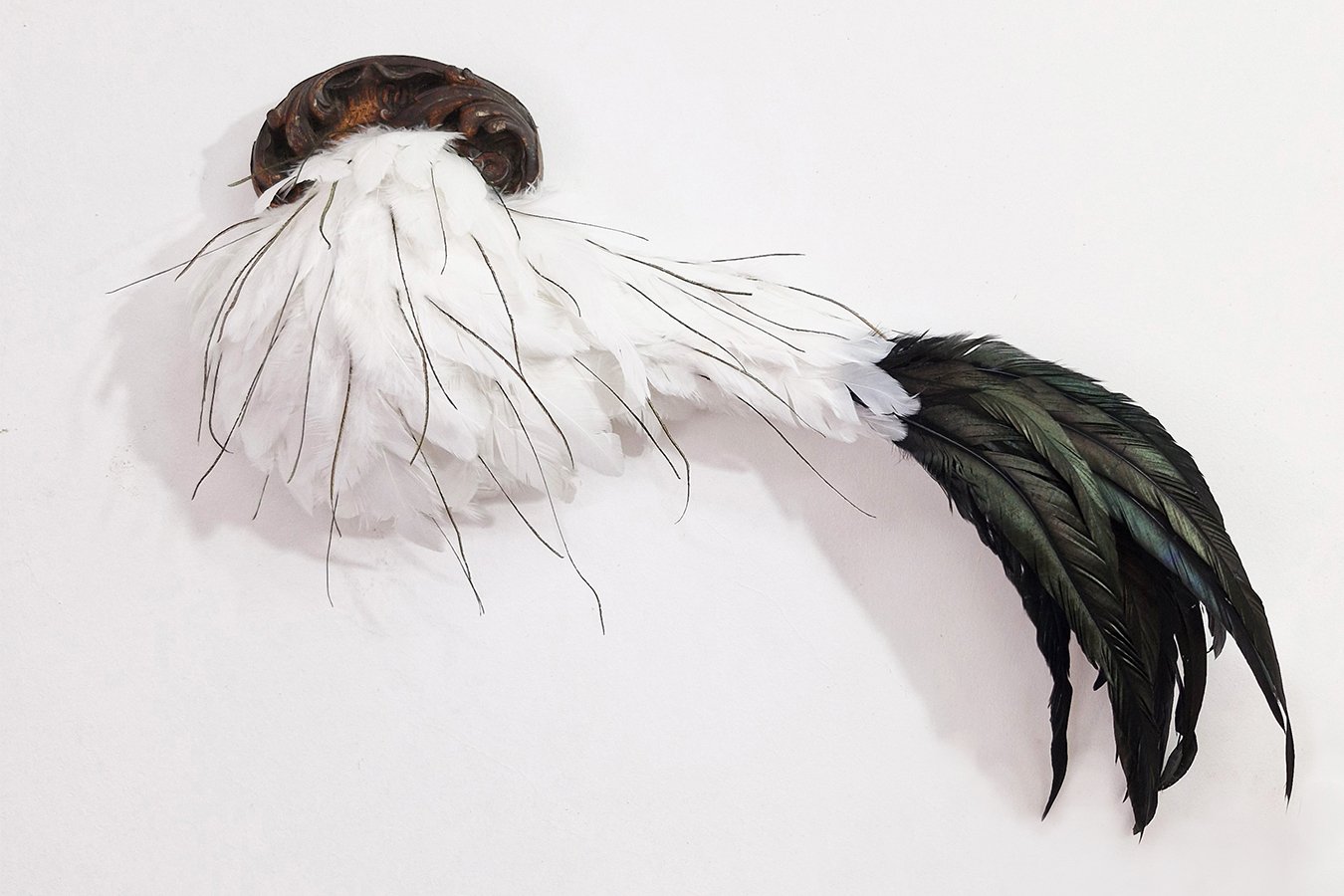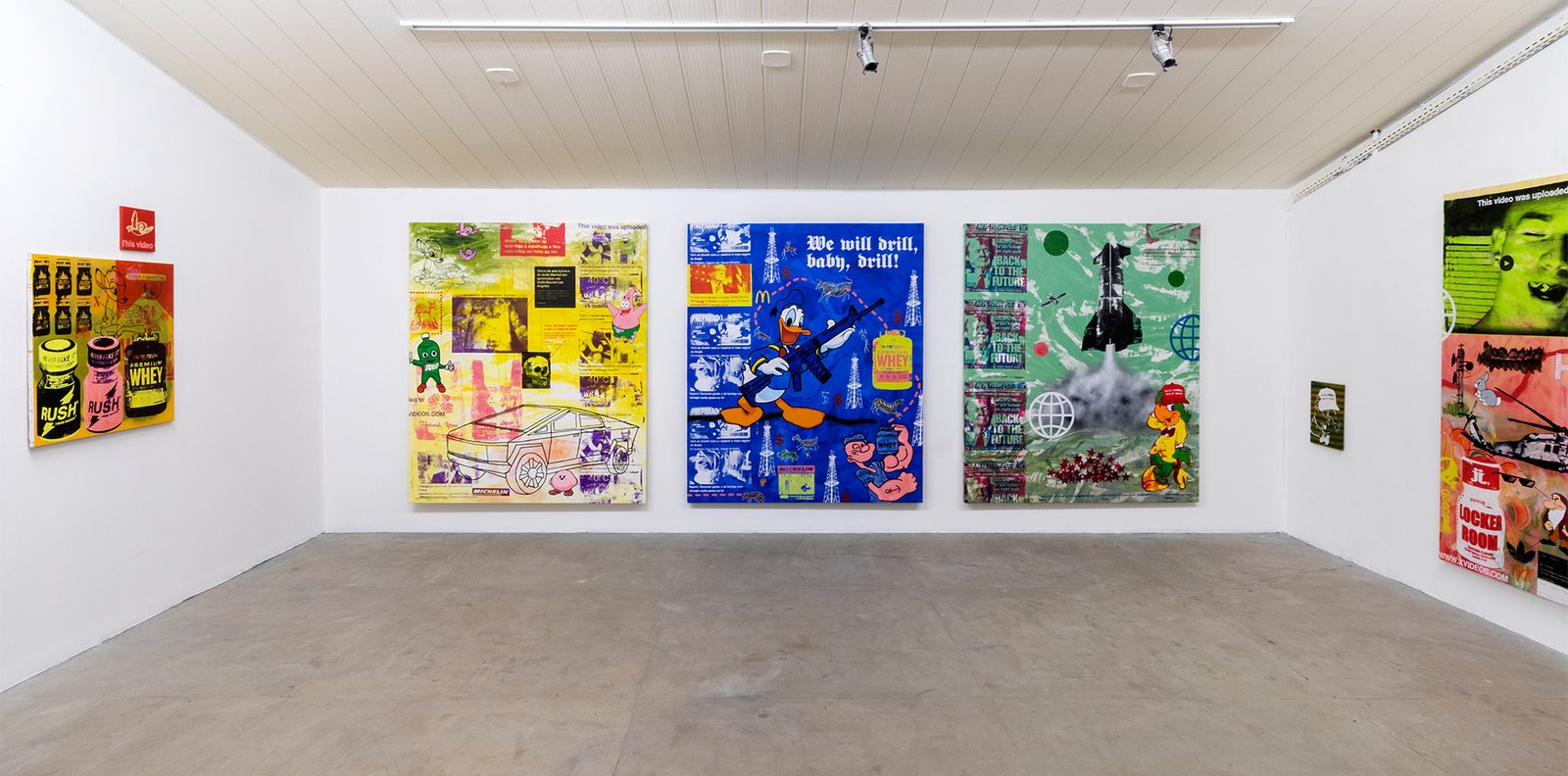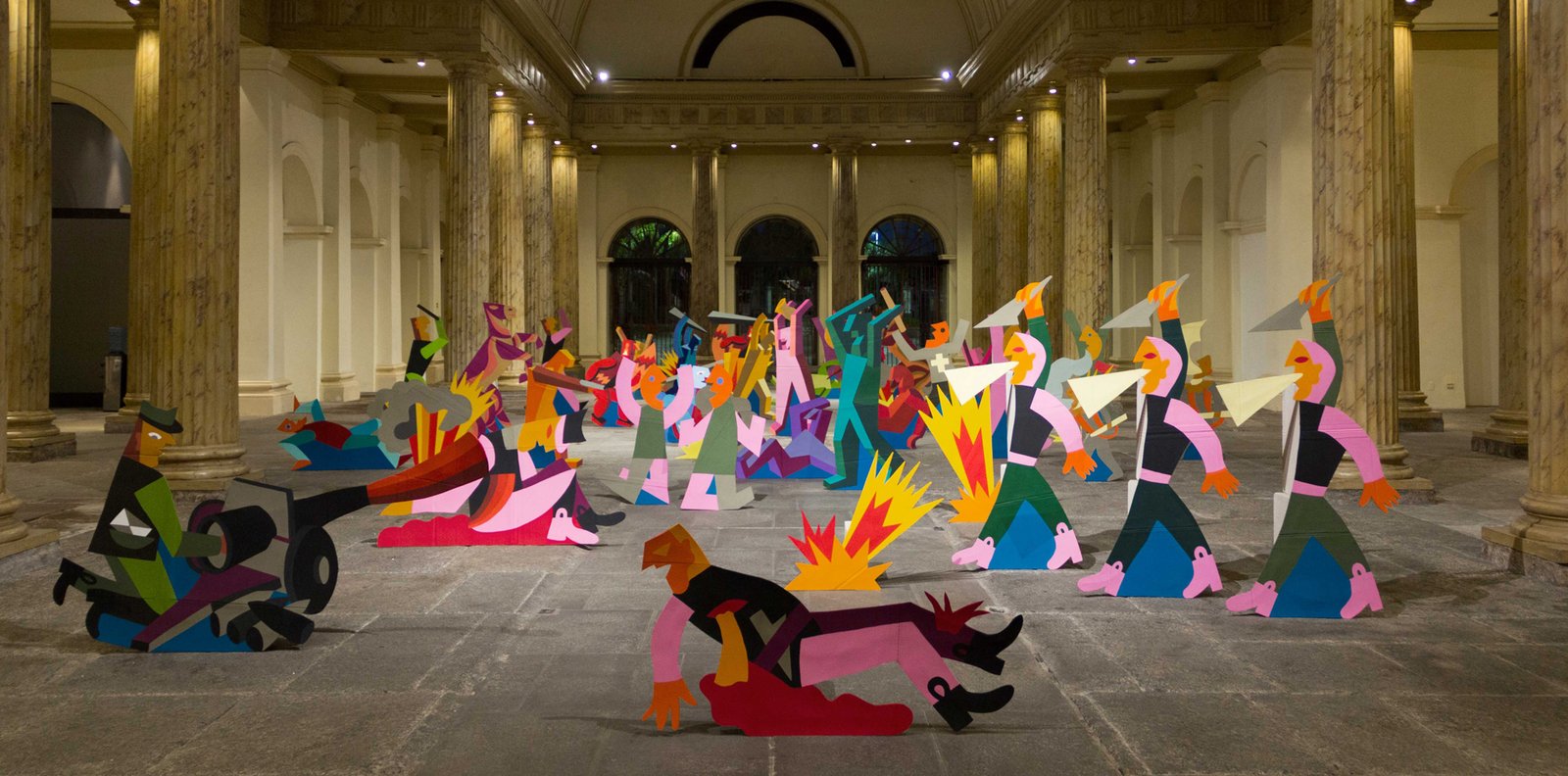
The 14th Mercosul Biennial kicks off in Porto Alegre (RS), bringing together 77 artists from around the world across 18 venues throughout the city.
Curated by Raphael Fonseca and co-curated by Tiago Sant’Ana and Yina Jimenez Surielo, the event invites reflection on transformation, exploring the theme ‘Snap.’
The selected works address various forms of metamorphosis and the interactions between art and life, encouraging the public to contemplate how, in the simple snap of a finger, the world around us can be transformed—whether subtly or profoundly.
Artists Ismael Monticelli, Randolpho Lamonier, and Zé Carlos Garcia, all represented by Portas Vilaseca, are featured in this edition with specially commissioned works that evoke both the intimacy of microhistories and the utopias and dystopias of the present, suggesting that change, whether physical or symbolic, is constant.
The gallery below highlights the series Suíte by Zé Carlos Garcia, showcasing 12 new sculptures at the Iberê Camargo Foundation; the immersive installation Teoria Geral do Babalu Atômico by Randolpho Lamonier, taking over the Casa de Cultura Mário Quintana; and the installation John Doe by Ismael Monticelli, occupying the POP Centre, a shopping mall in the heart of Porto Alegre.
The Biennial runs until 1 June.
More information: www.bienalmercosul.art.br
—
About the works
Series “Suíte” – Zé Carlos Garcia: the series consists of 11 works sculpted from sustainably sourced wood, incorporating fragments of furniture. Each piece is linked by a central figure: a monad. The carved lines on these trunks reveal faces emerging from seemingly inert surfaces, capturing a latent tension. With contours that suggest muscular contractions and expressions of physical pain or agony, the works invite reflections on a world in constant change and on the inhabitants of a landscape marked by the traces of their own ruins. (from a text by Taís Cardoso).
Installation “General Theory of the Atomic Babalu” – Randolpho Lamonier: in a space that functions as an editing station, visual materials are transformed into textiles, sculptures, neons, wallpapers, photos, and videos. Among the elements of this installation is a shapeless body made up of accumulated objects and drawings that reference Vila Itaú, a neighborhood in Contagem, an industrial city in Minas Gerais and the artist’s birthplace. Built around a factory, Vila Itaú had its residents evicted, and the land was expropriated for the construction of a dam in 2013. (Carolina Grippa).
Installation “John Doe” – Ismael Monticelli: the work incorporates visual elements typical of local commerce—such as digital signage and LED lights—and consists of five booths featuring neon lights inspired by the petroglyphs of the Rio Negro, which were revealed during the historic 2023 drought in the Amazon. In front of the booths stands a large neon sign based on a pictogram created by the U.S. Department of Energy to warn future civilizations about radioactive danger. This symbol merges with the iconic painting “The Scream” by Edvard Munch and is accompanied by a quote from the artist’s diary. The installation invites reflection on the shifting meanings of visual symbols over time. The petroglyphs emerge as signs of the current climate crisis, and Munch’s image is reinterpreted as a warning of an uncertain future. Translated into vibrant neon lights, these images function as distorted “emojis” that express contemporary anxiety.
